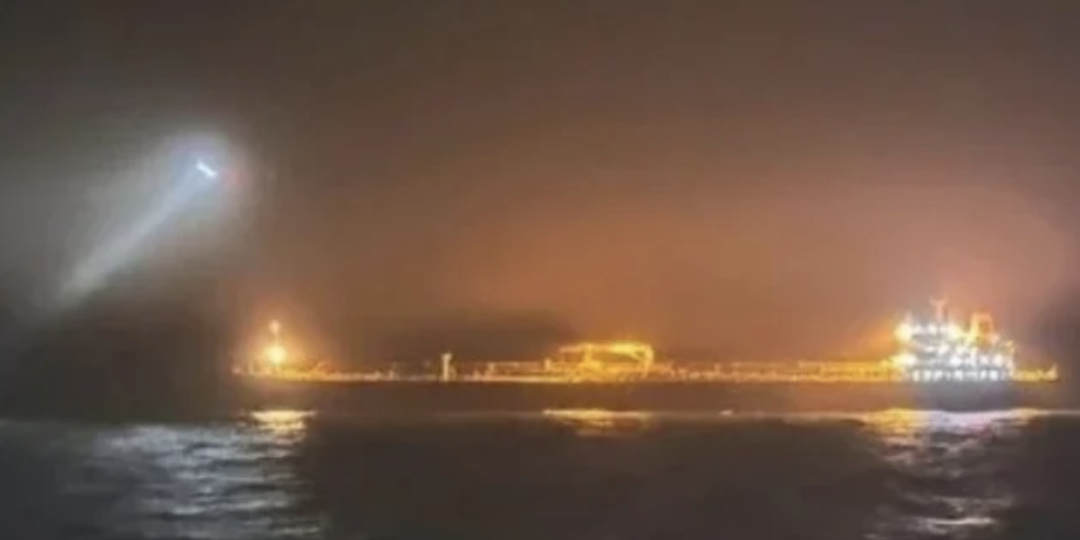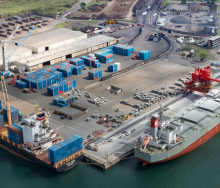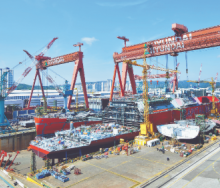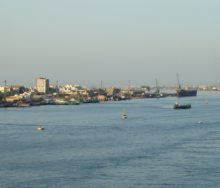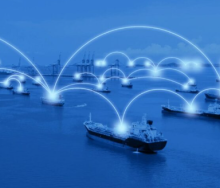The dark fleet tanker Eagle S was just minutes away from causing further damage to subsea infrastructure when Finnish authorities intervened and detained the vessel on December 25.
Finnish President Alexander Stubb, speaking to the media in Helsinki after a recent Nato summit on Baltic Sea security, said more than four high-voltage power and data cables could have been damaged without the swift intervention.
"Had it continued for another 12 minutes, the carnage would have been much worse than the four basic cables that were there," Stubb said.
Finnish police suspect that the Eagle S’s nine crew members severed the four subsea data cables and one power cable that connects Finland and Estonia. They said in an earlier statement that the tanker had dragged its anchor under power for about 50 nautical miles to cut the links on the seabed.
Finland's armed forces dispatched a military helicopter with a police tactical team that boarded the vessel and urged the crew to divert its route into the country’s territory.
Police then detained the tanker, which was moved to a secure anchorage for further investigation. Authorities later recovered the damaged anchor from the sea bed.
According to Finland's National Bureau of Investigation, the Eagle S could have caused further damage to seabed infrastructure, including the bi-directional Balticconnector natural gas pipeline between Ingå, Finland, and Paldiski, Estonia.
Police are now finalising the investigation to establish whether the damage was deliberate. However, the European Union’s technological sovereignty and security chief earlier told Bloomberg that the repeated incidents of damage to subsea infrastructure could not be accidental.
